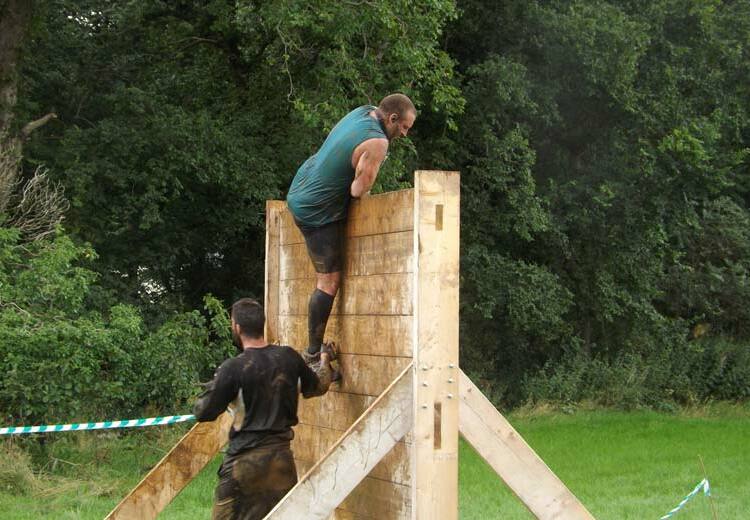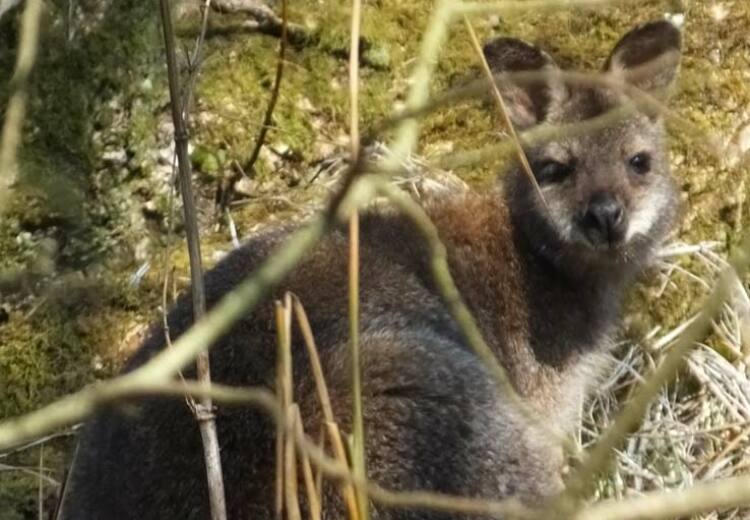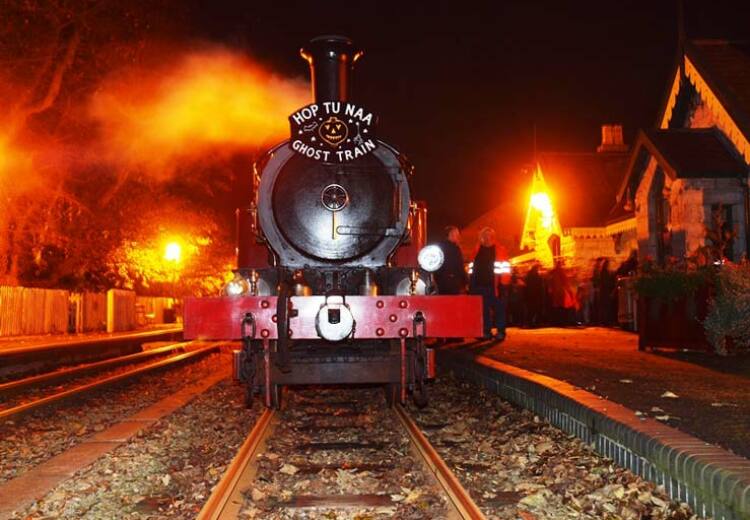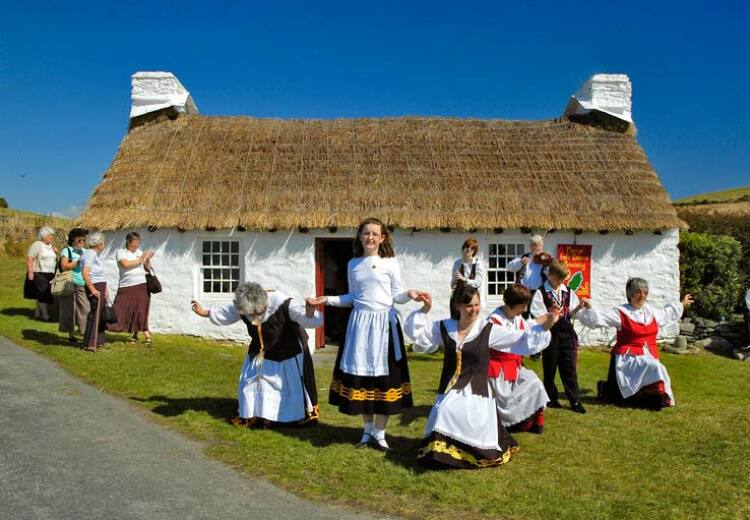HERE is a look at some of the traditional Easter Celtic customs with particular reference to the Isle of Man.
Although Easter is now thought of as the period from Good Friday to Easter Monday it was usual in times past to refer to the whole week from Good Friday as Easter Holy Week.
The solemnity of religious observance on Good Friday was followed by preparations at home and in church on the Saturday for the Easter Sunday service and family feasting and enjoyment afterwards.
Devotions completed, Easter Monday was given over to sport, visiting markets and fairs and general merry-making.
In the Celtic world eggs are an ancient symbol of the life force and rabbits and hares symbols of good luck and fertility.
It was natural, therefore, that at a time of the renewal of life after the dormant period of winter, these symbols became universal.
When the Festival of the Anglo-Saxon goddess of the dawn and spring Eostre, equivalent to the Norse goddess Frigga, was held the hare was adopted as her symbol, as it was also for the moon goddess.
The Easter Bunny is derived from the hare, and hare hunting became a traditional Easter activity, latterly on Easter Monday.
The ancient Celts rolled eggs downhill at Beltane, in imitation of the movement of the sun, but the Church remodelled this custom to symbolise the rolling away of the stone in front of Christ's tomb and took the theme of death and re-birth and superposed the death and resurrection of Christ. The Celts also decorated eggs.
Many of our Easter foods are derived from those eaten at Jewish Passover, such as lamb, eggs, cake, bread and wine, the period of Lenten austerity having passed.
In keeping with the spirit of renewal, new clothes were often bought for Easter, including a new bonnet.
Good Friday in the Isle of Man was generally commemorated as elsewhere. No iron was put into the fire, nor tongs. A rowan stick was used instead. The griddle was also removed from the fireplace. A large bannock (soddag) was made, with three corners, and baked on the hearth. No ironing was done. Flitters (limpets) were eaten for breakfast, eggs and fish for dinner.
Easter Sunday in the Isle of Man was thought of as an unlucky day. Many stayed inside for fear of accidents. Daffodils, whose Manx name meant goose-herb, were not brought into the house while geese were hatching as this brought bad luck.
If the mother goose saw the daffodils she might look at the yellow colour of the flowers and think all her goslings had hatched, deserting the nest.
Similarly, chickens hatching at Easter were a sign of bad luck.
On Easter Monday and Easter Tuesday tithes were paid to the minister and proctor.
All the information in this article is taken from the book Chronicle of Celtic Folk Customs written by Brian Day, with permission of the publishers.








